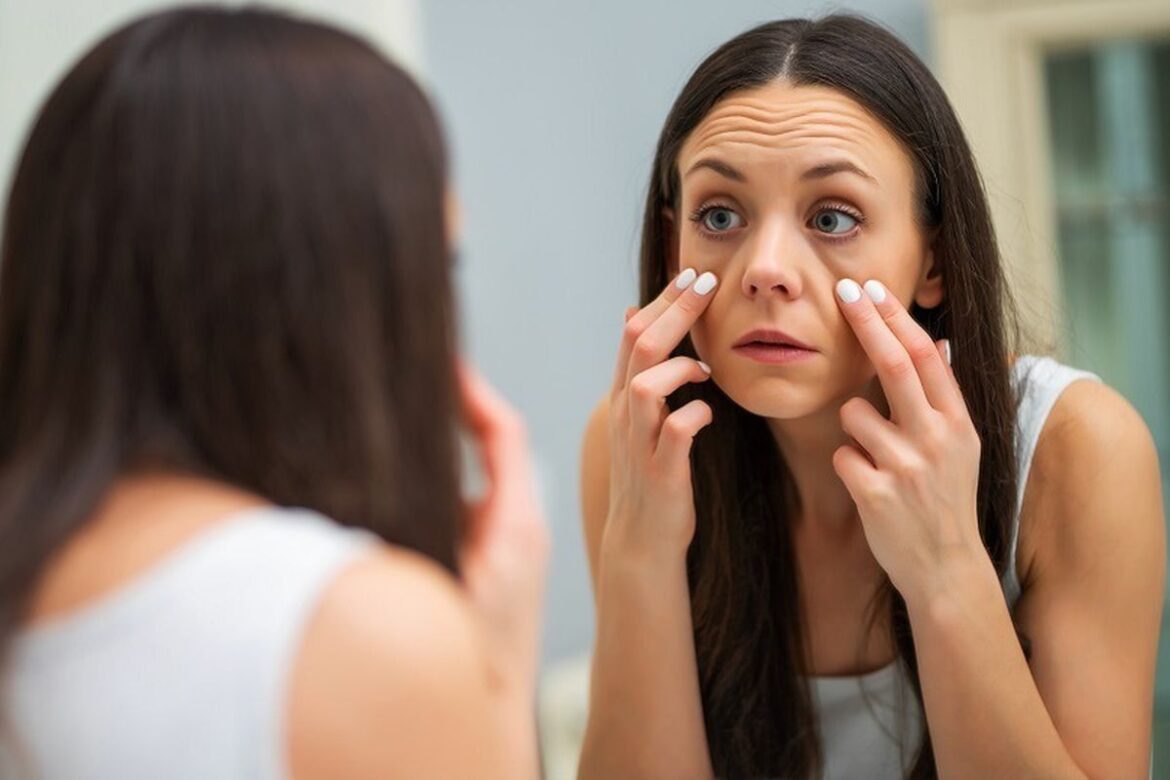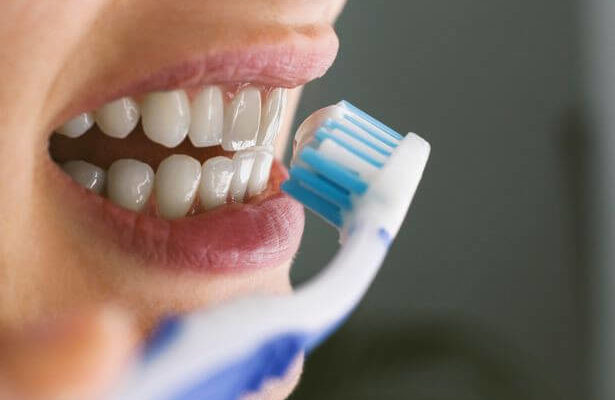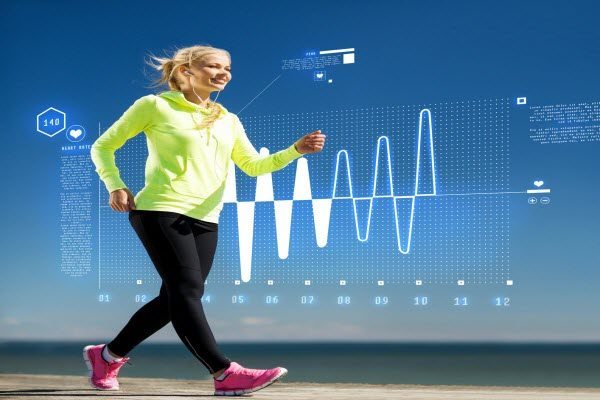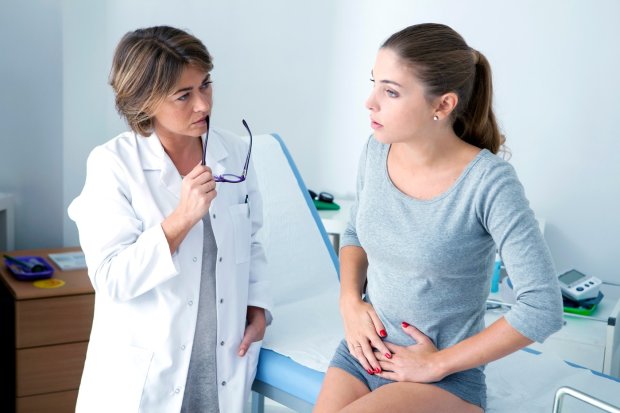
Osteochondrosis is a disease that often develops without symptoms, which leads to a gradual loss of bone mineral density. However, this is not his only risk. In most cases of osteochondrosis, complications occur in the form of low-energy fractures, especially in the body cartilage and vertebrae, the distal part of the femur and the proximal part of the tibia [1]. These fractures are not only painful, but also affect patients' quality of life, and treatment is expensive and time-consuming.
Osteochondrosis can occur in various forms, but the following diagnoses are most often given to patients:
- Osteochondrosis of the spine, which in most cases affects the lumbar or cervical spine.
- Osteochondrosis of the knee joint, when the hump of the tibia, which forms the knee joint, is strained [3].
Diagnosis
Diagnosis of osteochondrosis and treatment decisions are based on calculations made for help FRAX method. It allows determining the patient's absolute risk of fracture. When this risk is ≤ 5%, prevention based on lifestyle changes and elimination of risk factors is often sufficient. In such cases, a high-calcium diet and calcium and vitamin D supplements are recommended. In other situations, necessary more detailed studies, such as measuring the mineral density of bone tissue - densitometry, biochemical analyzes and markers of bone turnover [2]. Patients over 50 years of age with a high risk of fractures and low bone mineral density appoint drugs against osteochondrosis. Such as Teraflex Advance.
What is the difference between Teraflex and Teraflex Advance? Both drugs have the same form of release, are packaged in a package of 30-120 pieces. The difference is in the composition, scheme of reception, contraindications. Teraflex Advance additionally contains ibuprofen, which relieves pain, relieves fever and removes inflammation. Chondroitin sulfate is more common in Teraflex. Teraflex Advance the instructions will help you learn more about this tool.
Osteochondrosis - treatment
Osteochondrosis is treated differently, depending on the form disease we have a business. In the case of osteochondrosis of the knee joint, treatment focuses on limiting movements to an absolute minimum. This includes the use of orthopedic corsets [1]. Experts also recommend the simultaneous use of cooling procedures on the affected knee. These can be ice packs or ice massages. After the acute phase of osteochondrosis passes, the patient should supplement the treatment with systematic exercises for stretching and strengthening the muscles of the thigh and lower leg.
Osteochondrosis of the knee joint can persist for up to several years, passing through periods of exacerbation and remission. However, it is important to start treatment as soon as possible. If this is not done, or therapy is not appropriate, complications may develop, primarily in the loaded knee joint [2].
Osteochondrosis of the spine should be treated comprehensively and depends on the severity of the condition. The following methods are used in the treatment of this condition:
- Manual therapy, massages.
- Movement exercises - priority here is given especially to the so-called core muscles, that is, deep stabilizers of the spine. If they are adequately strengthened, they will be able not only to keep the spine in the correct position, but also to evenly distribute the force loads to which our spine is constantly exposed.
- Cryotherapy relieves pain and, in addition, accelerates recovery and healing of inflammation.
- Laser therapy.
- Ultrasound therapy.
- Reflexology helps the spine by focusing on the reflexes of the abdominal cavity and digestive system [3].
An effective method treatment can only determine doctor. Therefore, you should not engage in self-medication, it is better to immediately consult a specialist.
Literature
1. Loeser, RF, Goldring, SR, Scanzello, CR, & Goldring, MB (2012). Osteoarthritis: a disease of the joint as an organ. Arthritis & Rheumatism, 64(6), 1697-1707.
2. Neogi, T. (2013). The epidemiology and impact of pain in osteoarthritis. Osteoarthritis and Cartilage, 21(9), 1145-1153.
3. Zhang, W., Moskowitz, RW, Nuki, G., Abramson, S., Altman, RD, Arden, N., … & Dougados, M. (2008). OARSI recommendations for the management of hip and knee osteoarthritis, part II: OARSI evidence-based, expert consensus guidelines. Osteoarthritis and Cartilage, 16(2), 137-162.


 293
293












